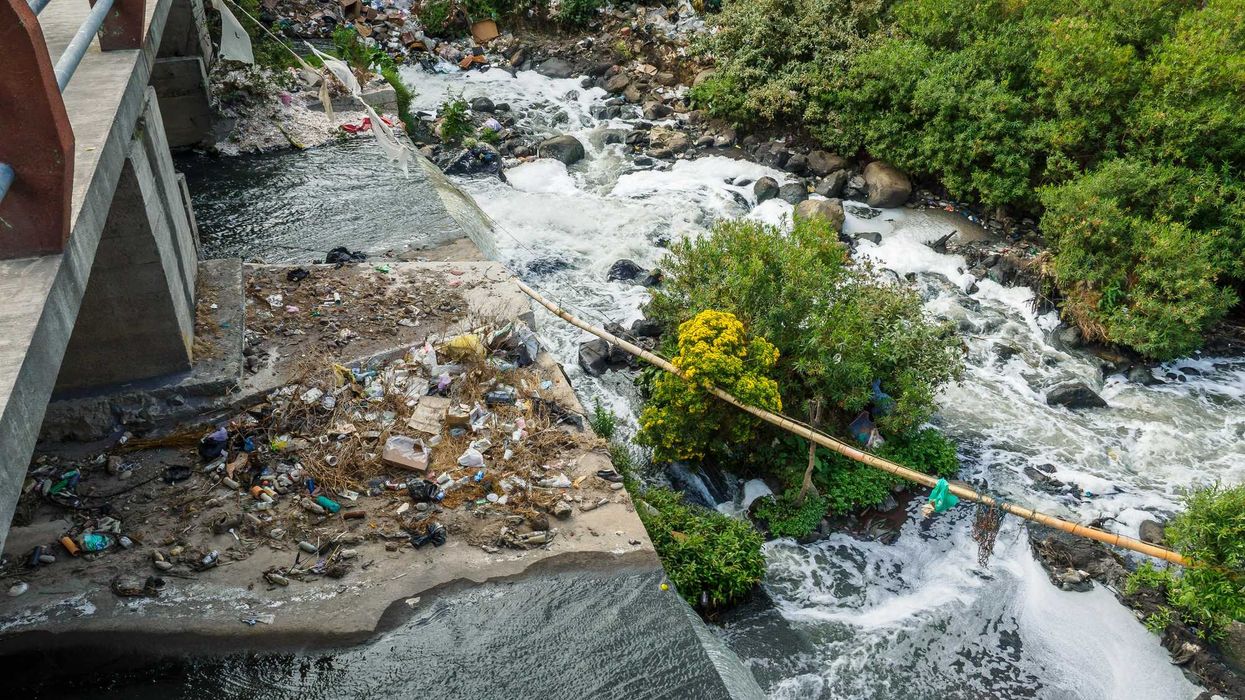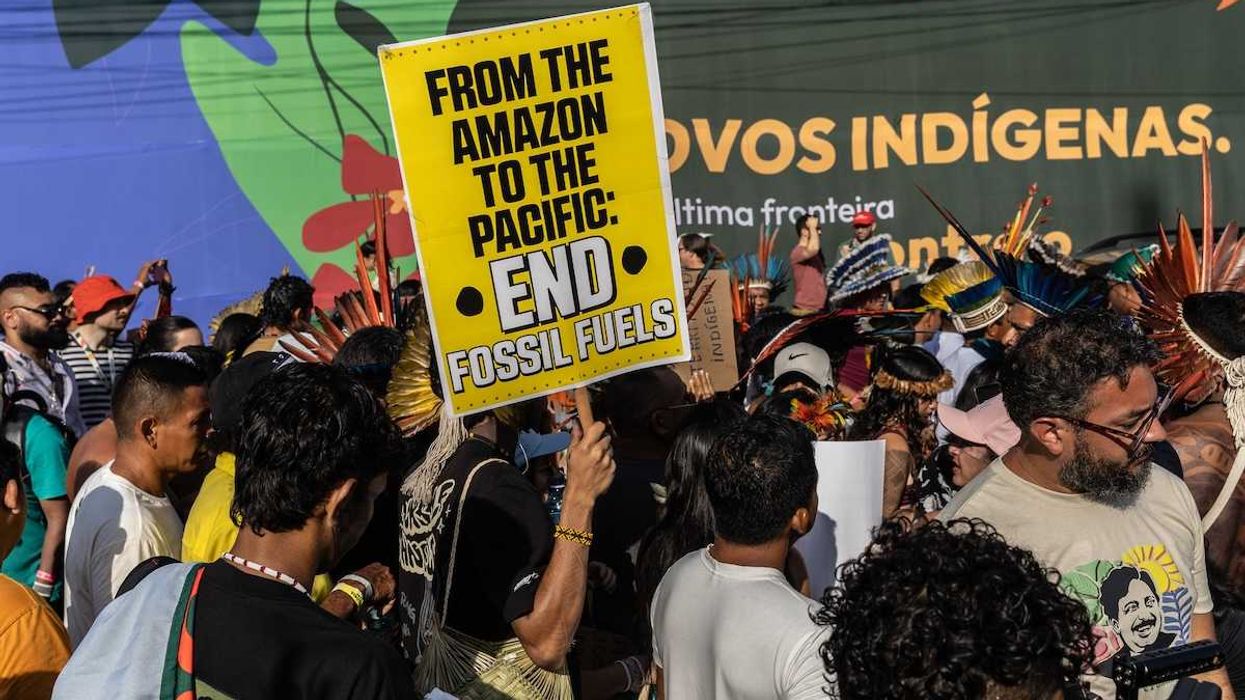French lawmakers have passed a bill banning PFAS, or “forever chemicals,” in cosmetics, ski wax, and clothing, while the U.S. continues to take a more limited regulatory approach.
Amudalat Ajasa reports for The Washington Post.
In short:
- The French Parliament approved a ban on PFAS in certain consumer products by 2026, with broader restrictions on textiles by 2030.
- The U.S. has taken a slower approach, with the EPA setting drinking water limits for six PFAS chemicals but leaving most regulation to individual states.
- Unlike the European Union, which requires companies to prove chemical safety before market entry, the U.S. assumes chemicals are safe until proven harmful.
Key quote:
“PFAS pollution has reached a critical point, and common-sense restrictions are overdue. The weight of scientific evidence on the harms of PFAS is now overwhelming.”
— Hélène Duguy, legal expert at ClientEarth
Why this matters:
Studies link PFAS exposure to cancer, hormone disruption, weakened immune function, and other health issues. The chemicals have seeped into drinking water supplies, food packaging, and everyday household products, making exposure nearly impossible to avoid.
In response, European nations are tightening regulations, aiming to curb the production and use of PFAS. But in the U.S., efforts to regulate these chemicals have faced strong opposition from industry groups, which argue that sweeping bans could disrupt supply chains and raise costs for businesses. Without decisive federal action, the burden falls to individual states, some of which have enacted their own restrictions on PFAS in consumer goods and water supplies. Still, millions of Americans remain exposed, as contamination continues largely unchecked.
Related EHN coverage: The silent threat beneath our feet: How deregulation fuels the spread of forever chemicals














